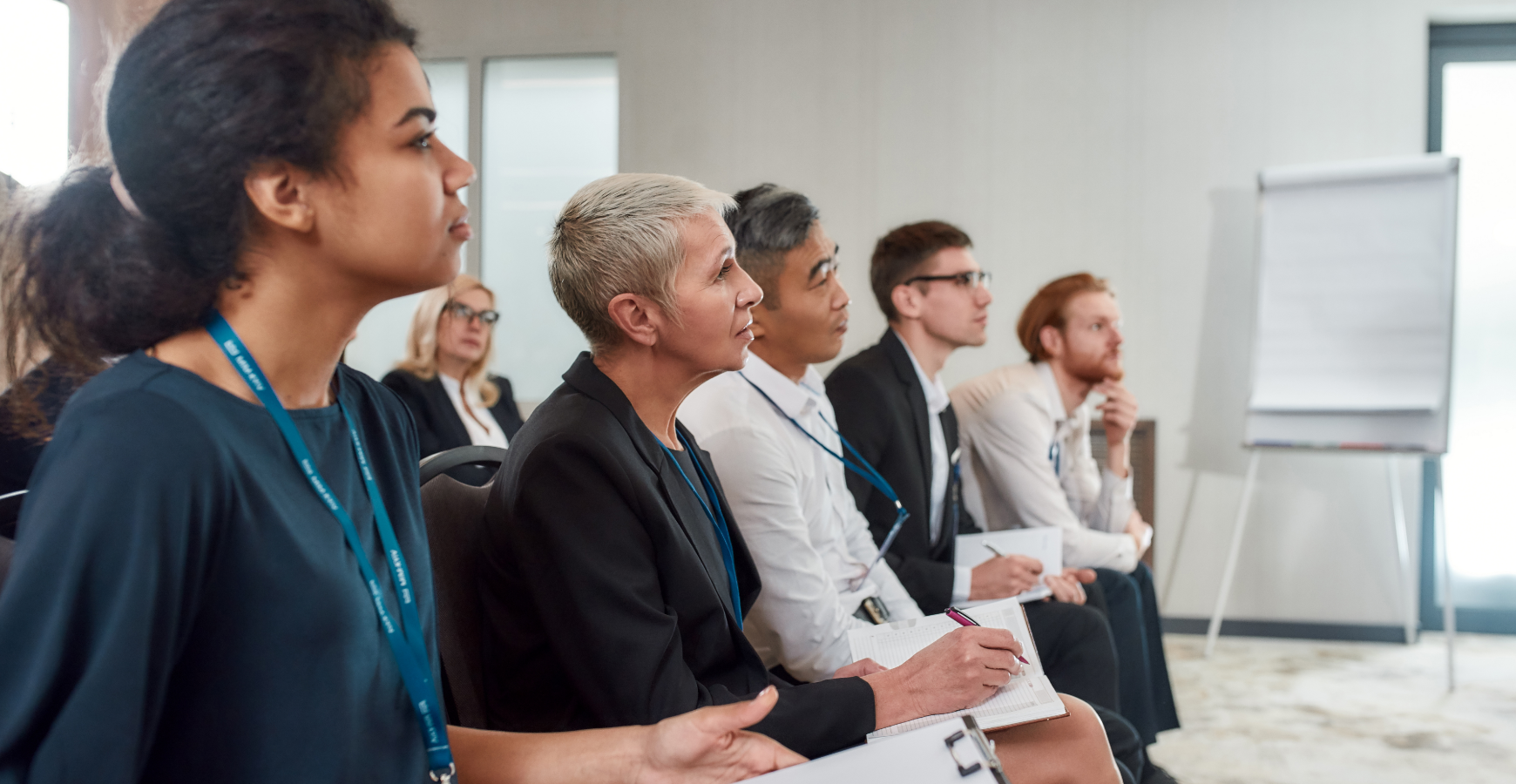Published August 2023
After 23 years in the FBI, Jin Kim decided he wasn’t done advocating for safety and joined Safe and Sound Schools to continue his passion in school security.
In recent years, Jin saw that schools and law enforcement had issues with security and what is known as “swatting”, or prank calls made to emergency services to falsely report violence or threats to dispatch armed officers. Not only does this waste time and resources, it creates fear and the potential for danger, even if no threat is present. From there, Jin made it his mission to educate schools and law enforcement on tactical readiness and active shooter response training.
Jin joined host Paul Timm on The Changing Face of School Security podcast to discuss:
- His journey from FBI to school safety activist
- “Swatting” in education
- Best practices during school shooting events
Who is Jin Kim?
Former FBI Agent Jin Kim is a widely regarded expert in active shooter and targeted violence, and the founding principal of both the PerSec Academy and Advisory Group, and the Bureau Consortium.
Connect with the guest
Website: https://persecacademy.com/
Website: https://bureauconsortium.com/
Social: https://www.linkedin.com/in/jinkimfbi/
Email: info@bureauconsortium.com
 Featured ProductSchlage Credential Services deliver control, security and flexibility without limiting your options. From encryption keys to card tracking and custom artwork, our services help create an access control plan that fits today and grows with you tomorrow.
Featured ProductSchlage Credential Services deliver control, security and flexibility without limiting your options. From encryption keys to card tracking and custom artwork, our services help create an access control plan that fits today and grows with you tomorrow.





































